Data from 38 OECD countries was analysed*, looking at Gender parity (economic participation & education) , Female representation in parliament , Maternity leave provision, percentage of women in the workforce, and overall gender equality to find the best countries for women in the workplace in 2025.
Despite global workforce participation sitting at 72% for men vs 47% for women, some countries are taking the lead in closing the gap.
Top 10 Countries for Women at Work in 2025:
1 Finland
2 Norway
3 New Zealand
4 Iceland
5 Sweden
6 Lithuania
7 Latvia
8 United Kingdom
9 Estonia
10 France
Why Finland & Norway Top the List
- High female workforce participation: 48%+
- Strong female representation in parliament: ~46%
- Ranked top 3 globally in the Global Gender Gap Index (GGGI)
A Closer Look at the UK
- 2nd longest statutory maternity leave: 39 weeks
- High educational gender parity
- Room for improvement in economic participation and overall gender equality
Countries with the Largest Gender Gaps
Country Key Challenge
- Turkey Lowest female workforce participation (32.67%)
- Japan Lowest women in parliament (10%)
- Greece Despite offering 43 weeks maternity leave, ranks low on gender equality (GGGI: 0.69)
How to Improve Workplace Gender Equality
- Offer flexible and hybrid working options
- Practice skills-based hiring
- Ensure pay transparency
- Create mentoring programs for women
- Support childcare access
- Build strong women’s networks and ERGs
Did you know? 85% of employees say they’re more productive in workplaces that feel like communities – a crucial factor for inclusion and wellbeing.
Workplace flexibility is essential in closing the gender gap. Barriers like affordable childcare, transportation, and work-life balance still disproportionately affect women.
*Instant Offices






